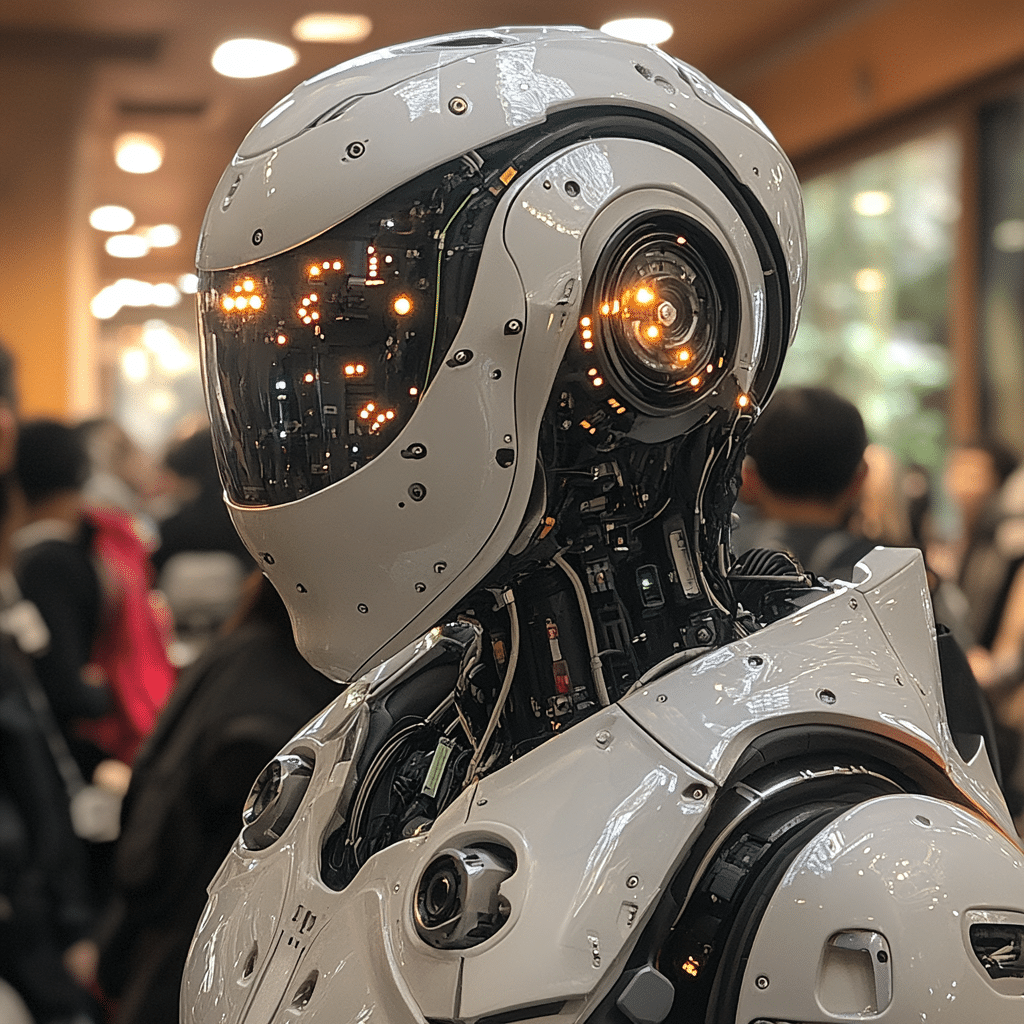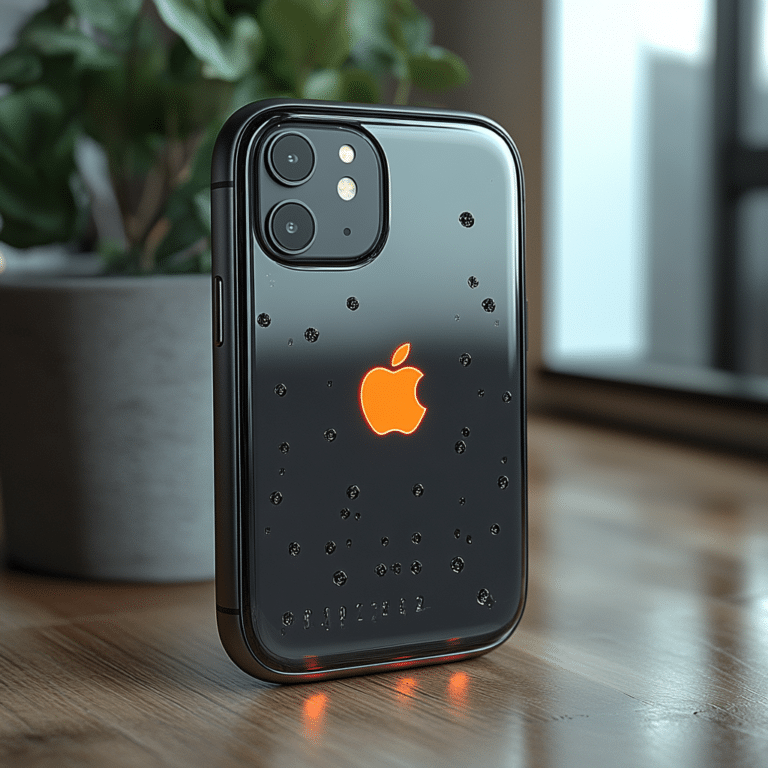In recent years, the rise of the humanoid robot has captured our imagination and transformed the way we interact with technology. These incredible machines, designed to resemble and mimic human beings, have journeyed from mere science fiction to an integral part of various sectors today. From the classic tales of androids in films to real-life advancements like AMECA by Engineered Arts and Sophia the Robot in Dubai, the humanoid robot represents a remarkable evolution in robotics. Let’s dive into the fascinating history of humanoid robots and explore their impact on our society, all while holding firm to conservative values in an era where technology challenges traditional interactions.
1. The Evolution of Humanoid Robots: A Brief History
Humanoid robots first entered the public consciousness in the early 20th century. Back in 1810, a soldier with a trumpet became one of the first humanoid robots created by Friedrich Kaufmann in Dresden, Germany. Fast forward to 1928, and we witnessed a significant exhibition of a humanoid robot at the Model Engineers Society annual exhibition in London. These early machines were primitive; however, they laid the groundwork for the advanced humanoid robots we see today.
Throughout the decades, technology saw exponential growth. Robots like Elbot and ASIMO by Honda paved the way for more sophisticated models, raising our expectations for what robots could accomplish. In modern times, companies like Boston Dynamics and Tesla have further evolved the humanoid robot, suggesting a future filled with exciting applications. With advanced AI propelling their capabilities, these robots are making waves in various fields, including healthcare, customer service, and even entertainment, sometimes working alongside human counterparts.
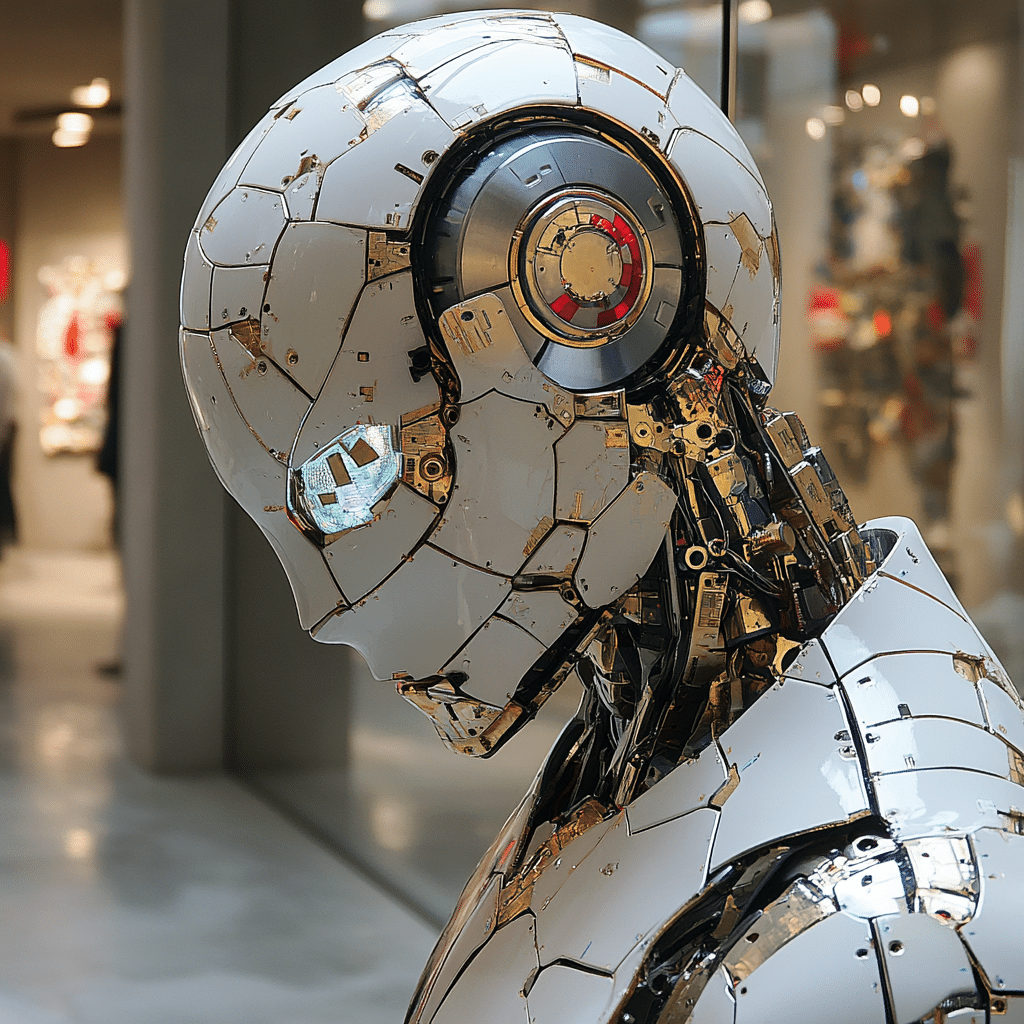
2. Top 5 Ways Humanoid Robots Are Advancing Human Interaction
2.1. Enhanced Communication Skills
Today’s humanoid robots aren’t just mechanical figures; they’re equipped with advanced natural language processing systems that substantially improve communication. Take Softbank Robotics’ Pepper, for example. Pepper can engage users in meaningful conversations, recognize emotional cues, and foster personalized interactions. This level of engagement is crucial when bridging gaps between technology and real human emotions.
2.2. Increased Emotional Intelligence
Humanoid robots are now capable of exhibiting emotions, thanks to technological breakthroughs. Sophia, developed by Hanson Robotics, can simulate a range of feelings, which allows her to connect with users on a deeper level. This emotional intelligence plays a critical role in therapies—particularly for individuals dealing with social anxieties. It’s a clear illustration of how robots can provide valuable assistance in a place often overlooked.
2.3. Versatile Applications in the Workforce
The emergence of the Tesla Bot ushers in a new age where robots are no longer confined to factories but are poised to enter various sectors, including services where human labor has been the standard. These humanoid robots not just streamline operations but can significantly lower workplace injury risks. The automotive industry, for example, may soon look drastically different with an influx of robotic aides assisting with assembly lines and service tasks.
2.4. Redefining Entertainment Experiences
Humanoid robots are changing the face of entertainment, blurring the lines between fiction and reality. Disney’s upcoming plate of entertainment, which may feature advanced animatronics and robotics like in the Hercules live-action remake, showcases how these machines could deliver a more engaging experience. Imagine watching a movie where robots not only spend time on-screen but engage the audience in entirely new ways!
2.5. Addressing Societal Challenges
Humanoid robots are stepping up to address pressing societal issues. For instance, they’ve been deployed in nursing homes to provide companionship to the elderly, a demographic often grappling with loneliness. Their assistance can help mitigate the emotional barriers many face, especially as families become more scattered. Despite this being an unconventional solution, robots can play a vital role in enriching lives.
3. The Intersection of Technology and Cultural Perspectives
3.1. Historical Context of Technology in Society
Technological advances reflect broader societal norms. The way we view humanoid robots today shifts as our morals and beliefs evolve. Much like the diverse interpretations of the history of Halloween across cultures, our perception of robots undergoes significant transformation. From Mary Shelley’s Frankenstein to modern-day humanoids, our narratives about technology consistently reshape our cultural landscape.
3.2. Ethical Considerations: The Rise of the Satanic Temple and Advocacy for Robot Rights
The arrival of humanoid robots spark urgent ethical dialogues. Can we draw parallels between advocates for robot rights and movements like the Satanic Temple? Both push for laws and rights tailored to their respective causes, challenging the status quo. As we integrate these robots into our lives, asking tough questions about their rights and roles becomes essential—a responsibility we cannot ignore.
3.3. Impact of Representation: A Focus on Famous Black People in Technology
Diversity and representation in technology are irreplaceable. Consider pioneers like Dr. Ayanna Howard, whose groundbreaking contributions to AI have inspired countless individuals. She’s a testament to how great minds—with their diverse backgrounds—reshape our lives, including the growing field of humanoid robots. Fostering an inclusive environment not only enriches technological advancements but ensures they benefit a broader spectrum of society.
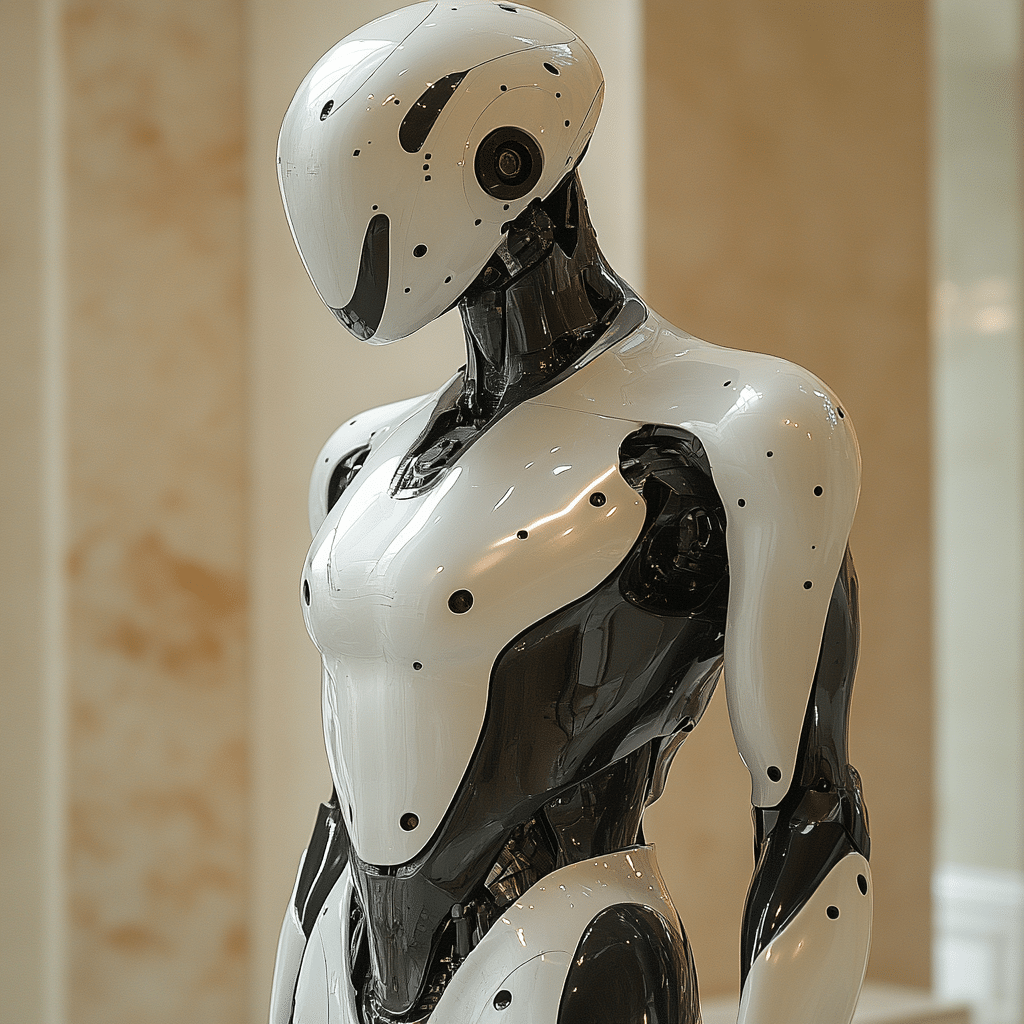
4. Looking Ahead: The Future of Humanoid Robots
As we explore the horizon of humanoid robots, the synergy between advanced AI, machine learning, and robotics signifies a future where these interactions become commonplace. We could soon see humanoid robots employed in various sectors—from public service to intimate care roles. Such progress demands our undivided attention as society adapts to these profound changes.
The burgeoning landscape of humanoid robots signifies a technological leap beyond mere machinery; it mirrors our evolving cultural dynamics and the profound responsibilities that come with it. Engaging in meaningful discussions about these advancements ensures we harness technology for good, maintaining firm traditional values as we embrace the coming innovations. As we step forward into this brave new world, let’s keep the conversation alive and empower conservative voices to shape our technological landscape for the better, reminding ourselves that embracing technology doesn’t mean abandoning our cherished traditions.
In this rapidly transforming environment, it’s our duty to ensure safety, uphold ethics, and define the role of humanoid robots in a society that cherishes both progress and conservative principles. The future is bright, and the potential is endless—let’s ensure it reflects our values.
Humanoid Robot: Bridging the Gap Between Man and Machine
The Fascinating Evolution of Humanoid Robots
Humanoid robots, designed to resemble and mimic human behavior, have made leaps and bounds in recent years. Did you know that the first humanoid robot, Eliza, was created back in the 1960s? It was essentially a simple chatbot but laid the groundwork for today’s sophisticated machines that can not only talk but also understand emotional cues. With the rise in technology, these robots are finding their way into varied sectors, from assisting in surgeries to being companions for the elderly. Just like refinancing your mortgage at the best house refinance rates can ease a financial burden, humanoid robots enable smoother human interactions across multiple environments.
Fun Facts That’ll Blow Your Mind
Here’s a fun tidbit: a humanoid robot named Sophia was granted citizenship in Saudi Arabia in 2017, making her the first robot ever to receive such a status. Talk about a milestone! This sort of integration has sparked conversations that echo far and wide, much like the saga of Tupac And Jada, highlighting how culture and technology can twist together. Furthermore, in places like the Philadelphia Zoo, robots are being employed to enhance visitor experience by guiding them through exhibits—an exciting blend of tech and fun!
Humanoid Robots Impacting Our Daily Lives
You might think the world of tech is all about complicated gadgets, but humanoid robots make technology approachable and human-like. They’re being utilized in various sectors, such as healthcare where they help monitor patients with a blood pressure monitor. They may not wear shoulder Pads For football, but they’ve definitely made a strong presence in the game of life. Plus, their design isn’t just functional; it’s aesthetically pleasing like the cast Of Dinnerladies that brings a smile while delivering a wholesome story.
In an ever-changing landscape, humanoid robots challenge us to think outside the box. They’re giving us a peek into how machines can coexist with humanity in a more seamless way, and who knows? Maybe one day, we’ll see robots sharing the screen like Andie Macdowell Movies And TV Shows, enriching our lives one interaction at a time. So, let’s keep our eyes peeled, because the future of humanoid robots looks bright and full of possibilities!
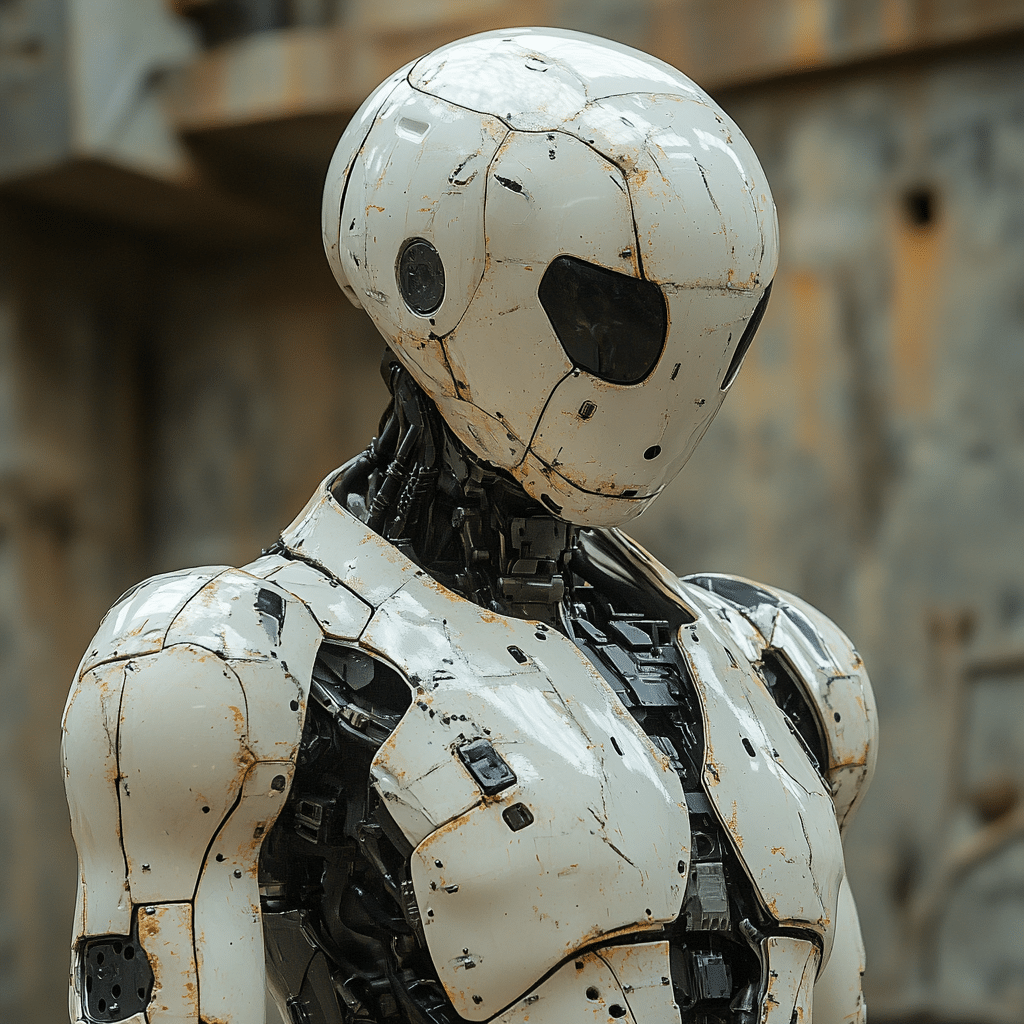
What is a humanoid robot called?
A humanoid robot is often called an “android,” particularly when it’s designed to closely resemble a human.
Who has the best humanoid robot?
Many folks consider Ameca by Engineered Arts to be the best humanoid robot, as it shows remarkable advancements in human-robot interaction.
Where is Sophia robot now?
Sophia the Robot is currently located in Dubai, United Arab Emirates, where she continues to engage audiences and showcase her capabilities.
What is the most advanced humanoid robot today?
Ameca, created by Engineered Arts, is widely regarded as the most advanced humanoid robot today, thanks to its realistic movement and interaction abilities.
What is a female robot called?
A female robot can be referred to as a “gynoid,” which is a term used specifically for female-shaped robots.
What are the five humanoid robots?
Some notable humanoid robots include Ameca, Sophia, ASIMO, Atlas, and Pepper, each serving different roles in tech and service.
How much would a human-robot cost?
The cost of a humanoid robot can vary greatly, but prices generally start from tens of thousands, reaching up to several million dollars for advanced models.
What is the most realistic human-robot in 2024?
As of 2024, Ameca is considered the most realistic humanoid robot, showcasing lifelike facial expressions and movements.
Do human robots exist?
Yes, human-like robots do exist. They are being developed for various applications, ranging from customer service to research.
Why was Sophia shut down?
Sophia was shut down briefly in the past during software updates or maintenance periods, but she remains operational overall.
What gender is Sophia the robot?
Sophia the Robot is designed to present a female persona, so she’s often described as female.
Who is the robot girl that looks like human?
The robot girl that closely resembles a human would be Sophia, who is known for her expressive features and interactive abilities.
Is Alexa a robot?
Alexa isn’t a robot in the traditional sense; she’s an AI virtual assistant developed by Amazon, designed to respond to voice commands.
What is the new humanoid robot called?
The new humanoid robot called “Ameca” also represents a cutting-edge achievement in the field of robotics.
Is neo beta real?
Neo Beta is a fictional character often discussed in talks about future technologies and does not exist in reality.
What is a synonym for humanoid robot?
A synonym for a humanoid robot would be “android,” which emphasizes their human-like characteristics.
What is a half human and half robot called?
A creature that is half human and half robot is commonly referred to as a “cyborg,” combining biological and mechanical elements.
What is a human plus robot called?
When humans are enhanced or integrated with robotic elements, they may also be called “cyborgs,” representing the blend of human and machine.
What is a humanoid also called?
A humanoid robot may also simply be called a “humanoid,” highlighting its shape and design that resembles a human.

